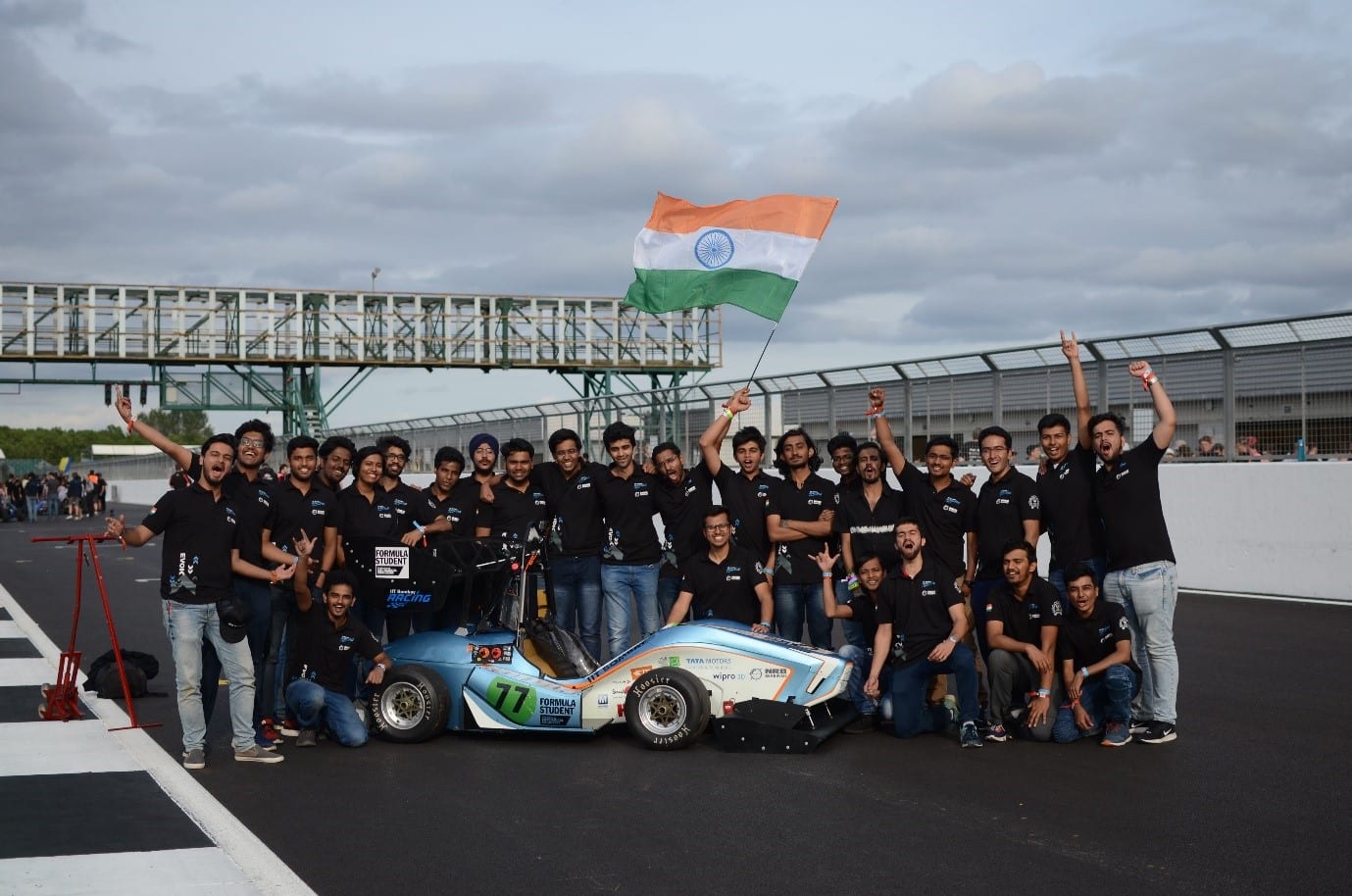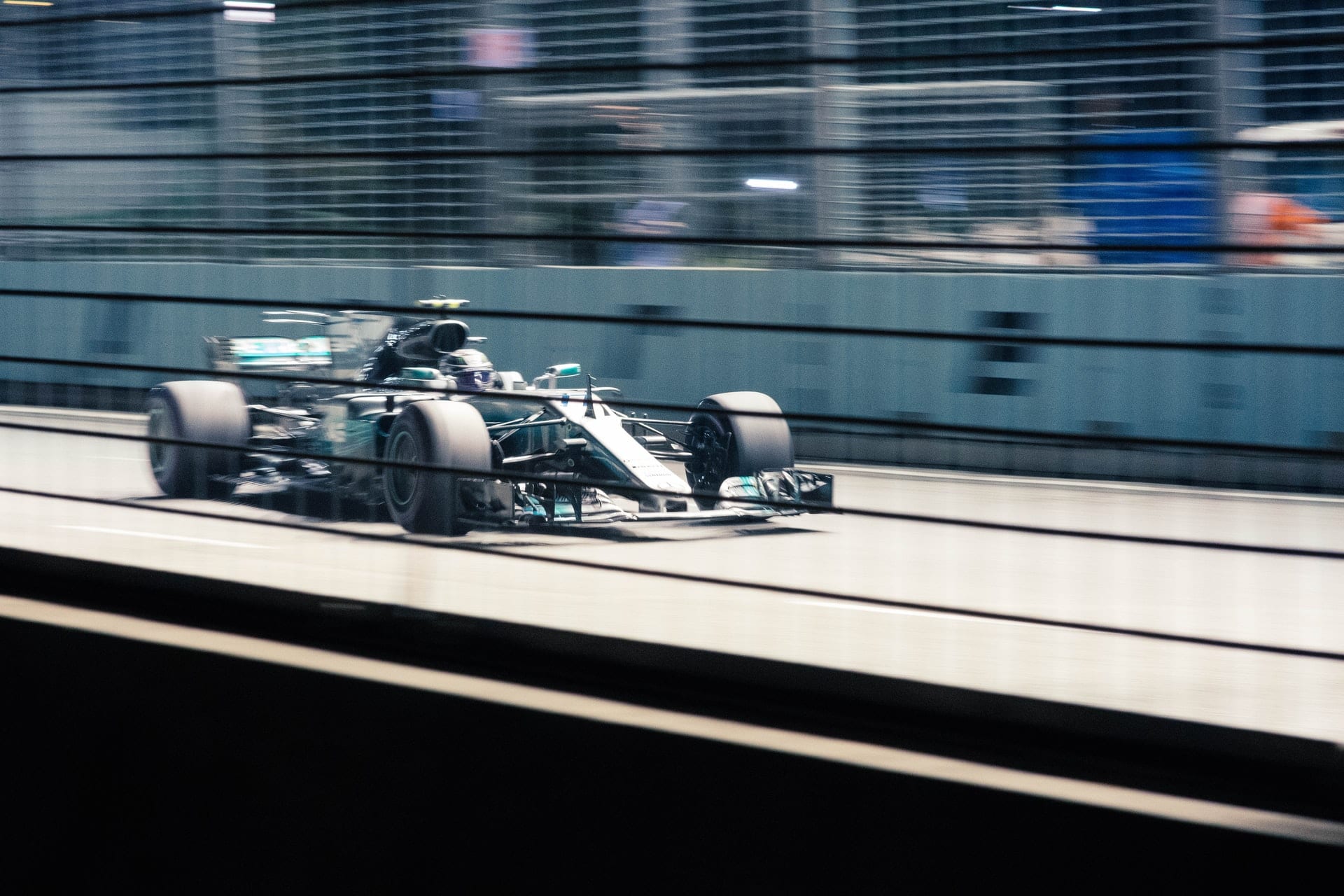IIT Bombay Racing is a team of over 70 members across all disciplines at the Indian Institute of Technology Bombay (IIT Bombay) working towards making an electric race car to revolutionize electric mobility in India. It is the first Indian team to win the Engineering Design event among 73 teams at the Formula Student, a student engineering competition held annually in the UK by the Institution of Mechanical Engineers.
The IIT Bombay Racing team has a 3-tier team structure to ensure proper knowledge transfer and efficient management and innovation:
Electrical | Powertrain, Low Voltage Safety, Electronic Differential and Data Acquisition.
Mechanical | Vehicle Dynamics, Chassis, Aerodynamics and System Integration.
Organizational | Marketing and Media, Operations and Events, and Web and Creative services.

About the IIT Bombay Race Car
IIT Bombay’s electric-powered race car is capable of achieving a top speed of up to 160 Kilometers per hour (100 mph), with a 0-100 Kmph acceleration time of 3.1s.
The car’s powertrain consists of 2 brushless AC axial flux motors providing torque to the rear wheels, delivering a peak power of 80kW. These motors are powered by an in-house developed battery pack, consisting of 96 Li-ion pouch cells, providing a total voltage of 400V and an energy of 7.8 kWh.
The battery cells are mechanically connected in series, providing serviceability of individual cells. Cell temperature is maintained using forced convection cooling over the busbars and phase change material for the cell body. 120A of peak current can be extracted at its terminals.
The battery container is made from carbon fibre reinforced composite structure, sandwiched on both sides by Kevlar to provide electrical insulation. All the materials used in the battery are fire retardant according to UL94v0 Standards.
Other Notable Vehicle Features:
- A battery management system which monitors all cell voltages, half-cell temperatures, and total current going out of the battery. These parameters are used to estimate the State of Charge of the cells.
- An aerodynamics package and 3D printed titanium wheel uprights.
- Custom-designed and manufactured lightweight seat and bodyworks, made using carbon fibre materials.
- An electronic differential used to increase the cornering speed, which leads to considerably reduced lap times.
- CAN 2.0 protocol adherance to deliver communication with sensors, controllers and motors.

Moving Forward
The IIT Bombay Racing team is currently working on improving its electric race car design while also learning & developing new concepts. The team hopes to be able to participate in the 2021 edition of Formula Student if conditions allow it.